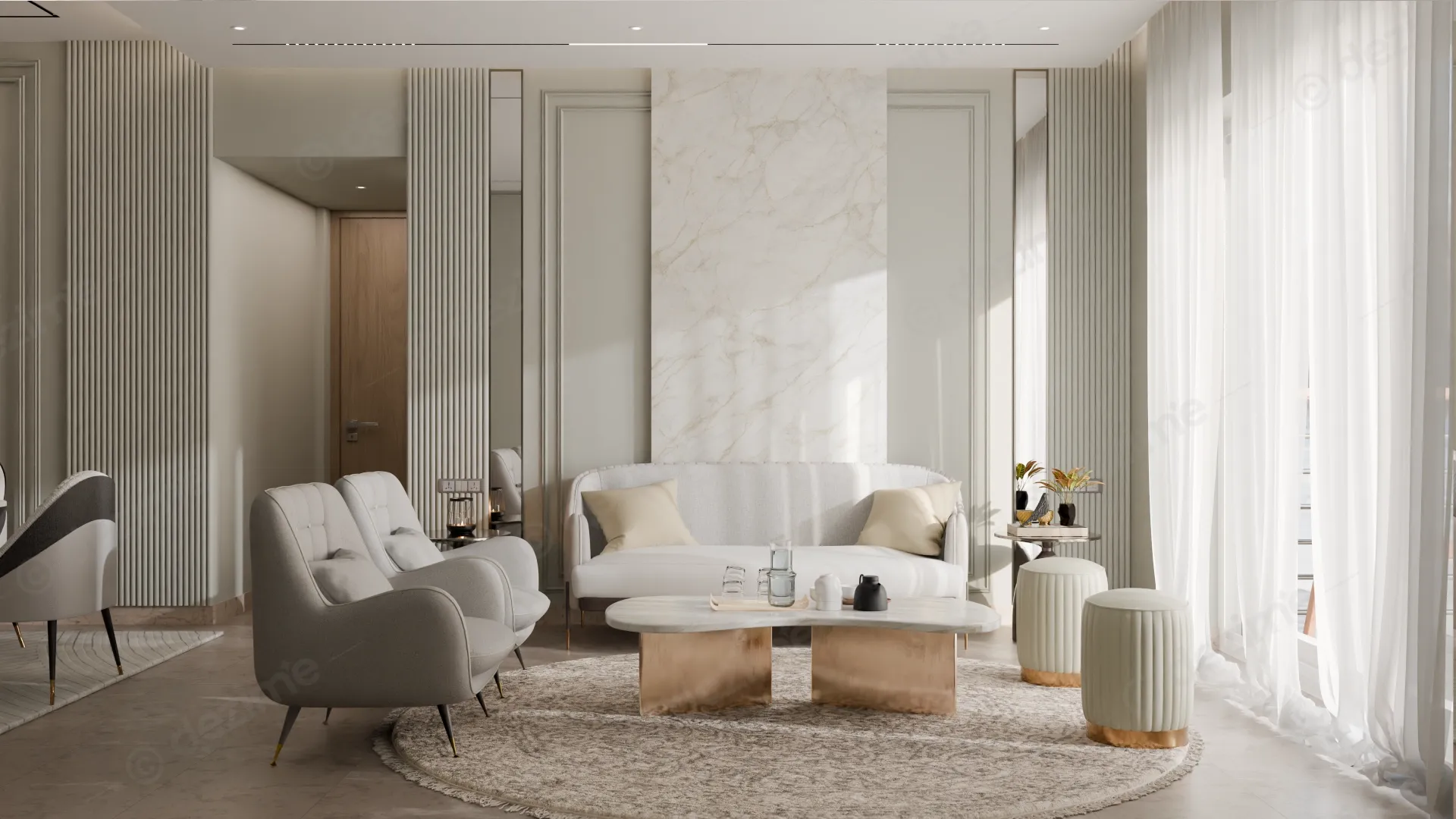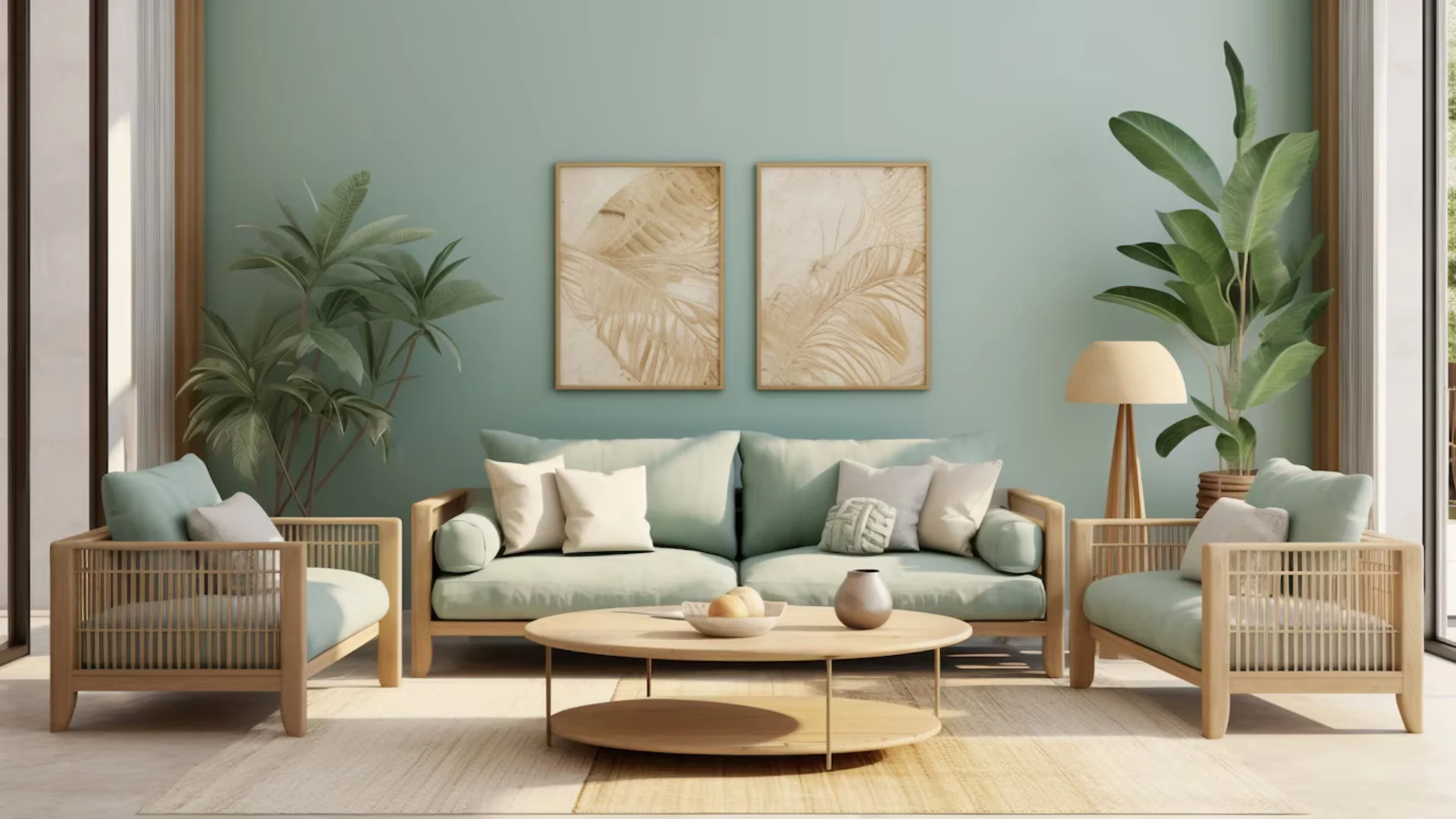
Image Source: Freepik
Imagine waking up every day in a space that not only nurtures your well-being but also honors the earth. The material, colors, and design choices reflect a conscious effort to live in harmony with nature, giving you a sense of peace and pride. It’s a home that feels good, inside and out, where every corner whispers of your commitment to a better world.
But it’s not just about doing good for the planet, it’s about the after-feeling, that deep satisfaction that comes from knowing you’re creating a space that brings lasting change, not only for you but for the world around you. Let’s dive into eco-friendly interior design practices that will transform your home and your heart.
Sustainable Materials: The Foundation of Eco-Friendly Design
Choosing the right material is crucial for creating an eco-conscious home. Sustainable materials help reduce waste, lower energy consumption, and promote healthier indoor air quality.
- Bamboo: A fast-growing, renewable resource, bamboo is a durable, stylish material perfect for everything from flooring to furniture. It's particularly great for kitchens and bathrooms due to its resistance to moisture.
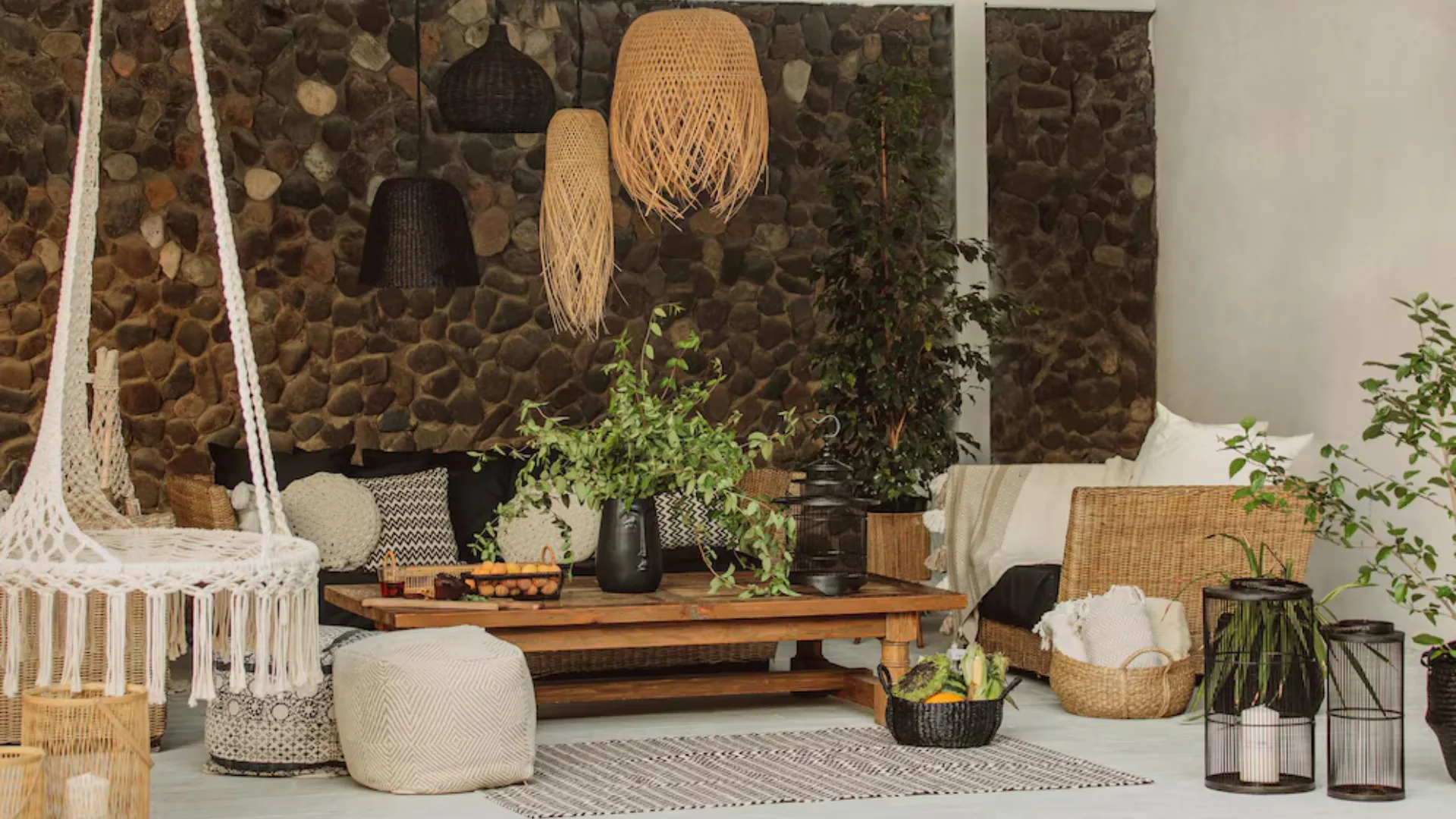
Image Source: Freepik
- Reclaimed Wood: Give new life to old materials by using reclaimed wood. Not only does it prevent waste, but it also adds a rustic, vintage charm to your interiors. Try incorporating it in flooring, furniture, or accent walls.
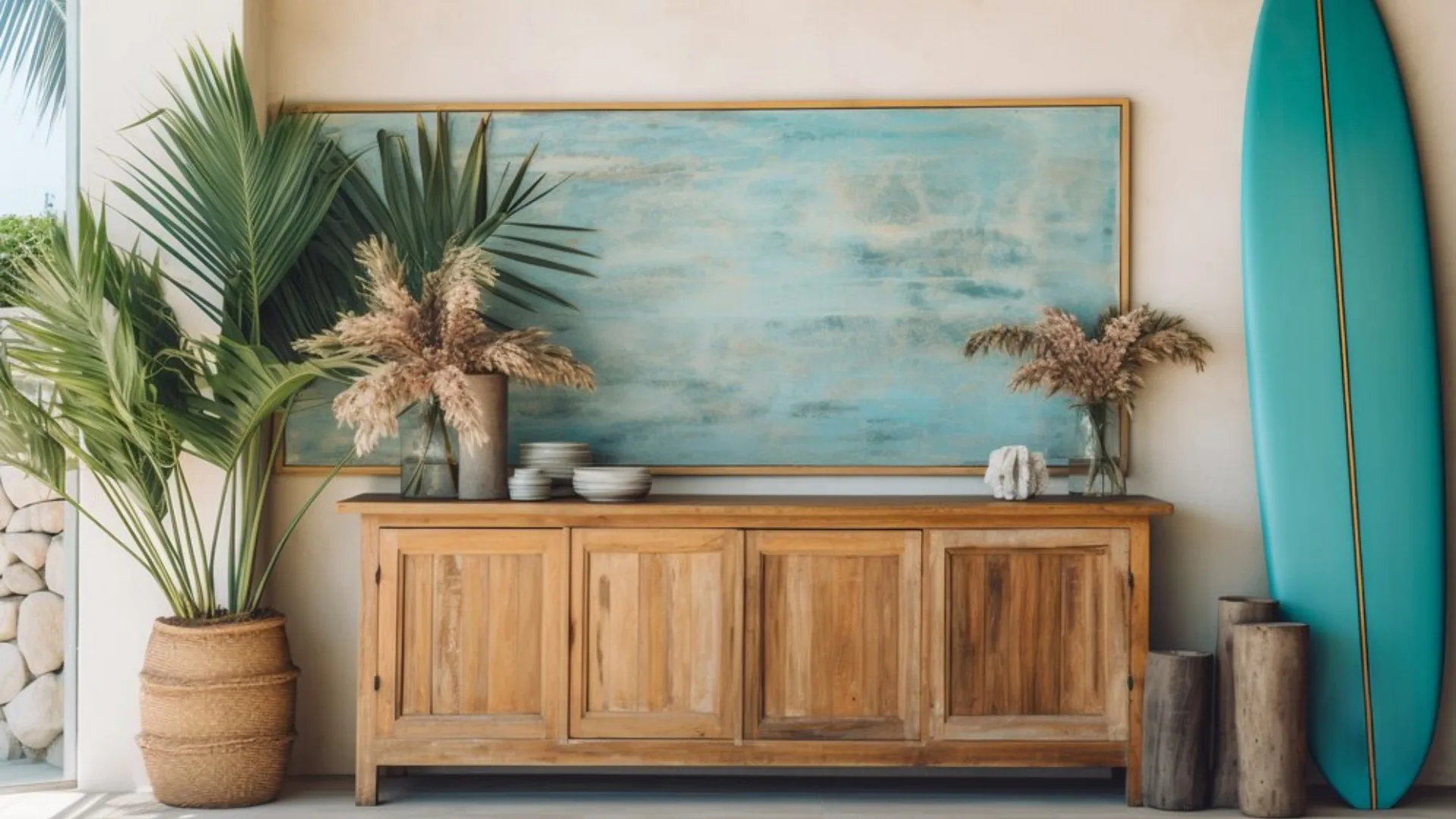
Image Source: Freepik
- Cork: Another sustainable option, cork is a natural, biodegradable material that makes for unique flooring or wall panels. It’s renewable and naturally insulating, helping to maintain energy efficiency.
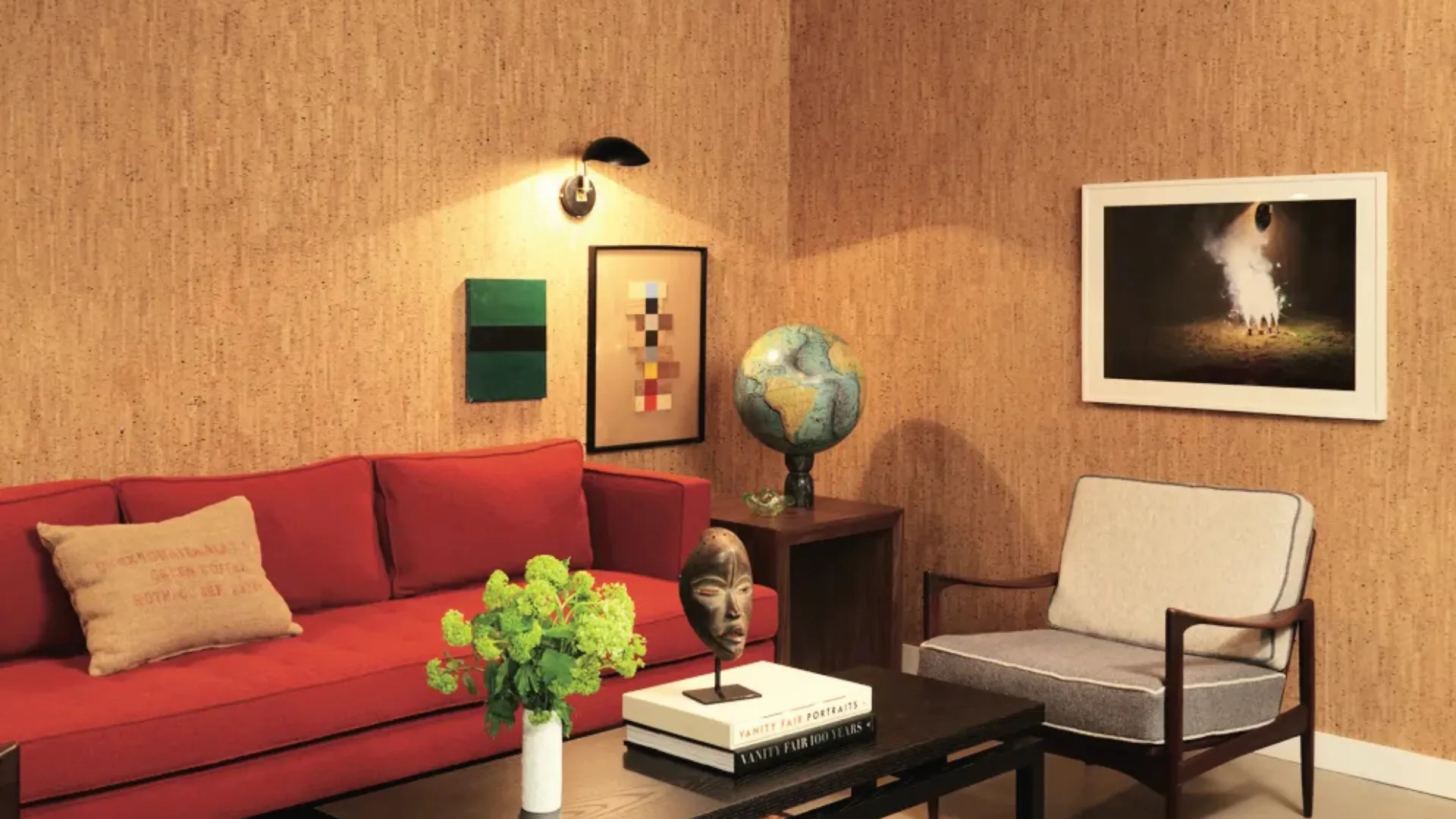
Image Source: Architectural Digest
Budget Tip: For a low-cost alternative, visit local salvage stores or flea markets for reclaimed furniture pieces and materials. You can sand them down or reupholster them to give them a new life.
Maximizing Natural Light: A Bright Idea
One of the easiest and most budget-friendly ways to make your home more eco-friendly is by optimizing natural light. Not only does it save energy, but it also boosts your mood and improves your health.
- Big Windows: If you’re doing a major renovation, consider enlarging windows or adding skylights to allow more sunlight to flood in.

Image Source: Freepik
- Mirrors and Light Colors: On a budget? Position mirrors strategically to reflect light and make rooms feel bigger. Opt for light-colored walls and ceilings that reflect light rather than absorb it.
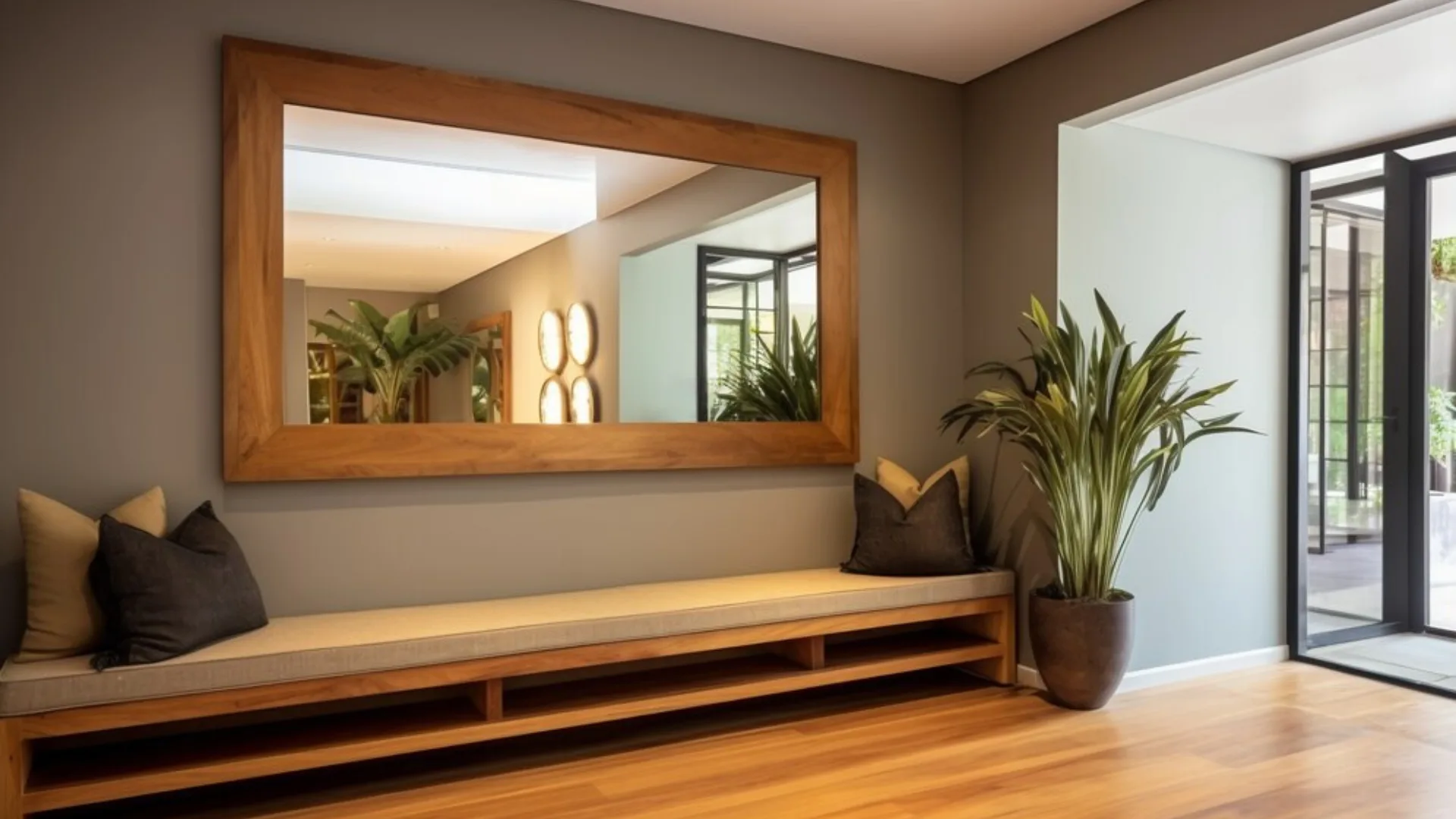
Image Source: Freepik
- Sheer Curtains: Light, airy curtains can help you control the amount of light entering your space without blocking it completely.
Budget Tip: Simply swapping out heavy curtains for lighter fabrics can make a huge difference. If you can, invest in energy-efficient window treatments to help control heat loss in winter and heat gain in summer.
Energy Efficiency: Smart Choices for Sustainable Living
Living in an energy-efficient home not only saves money but also reduces your environmental impact. Here are some easy ways to make your home more energy-efficient:
- LED and CFL Bulbs: These bulbs consume a fraction of the energy compared to regular incandescent lights and last much longer.
- Smart Thermostats: A smart thermostat can help you manage energy use by adjusting the temperature based on your schedule. This reduces heating and cooling costs.
- Insulation: Proper insulation helps to keep your home at the right temperature year-round, reducing the need for constant heating or cooling.
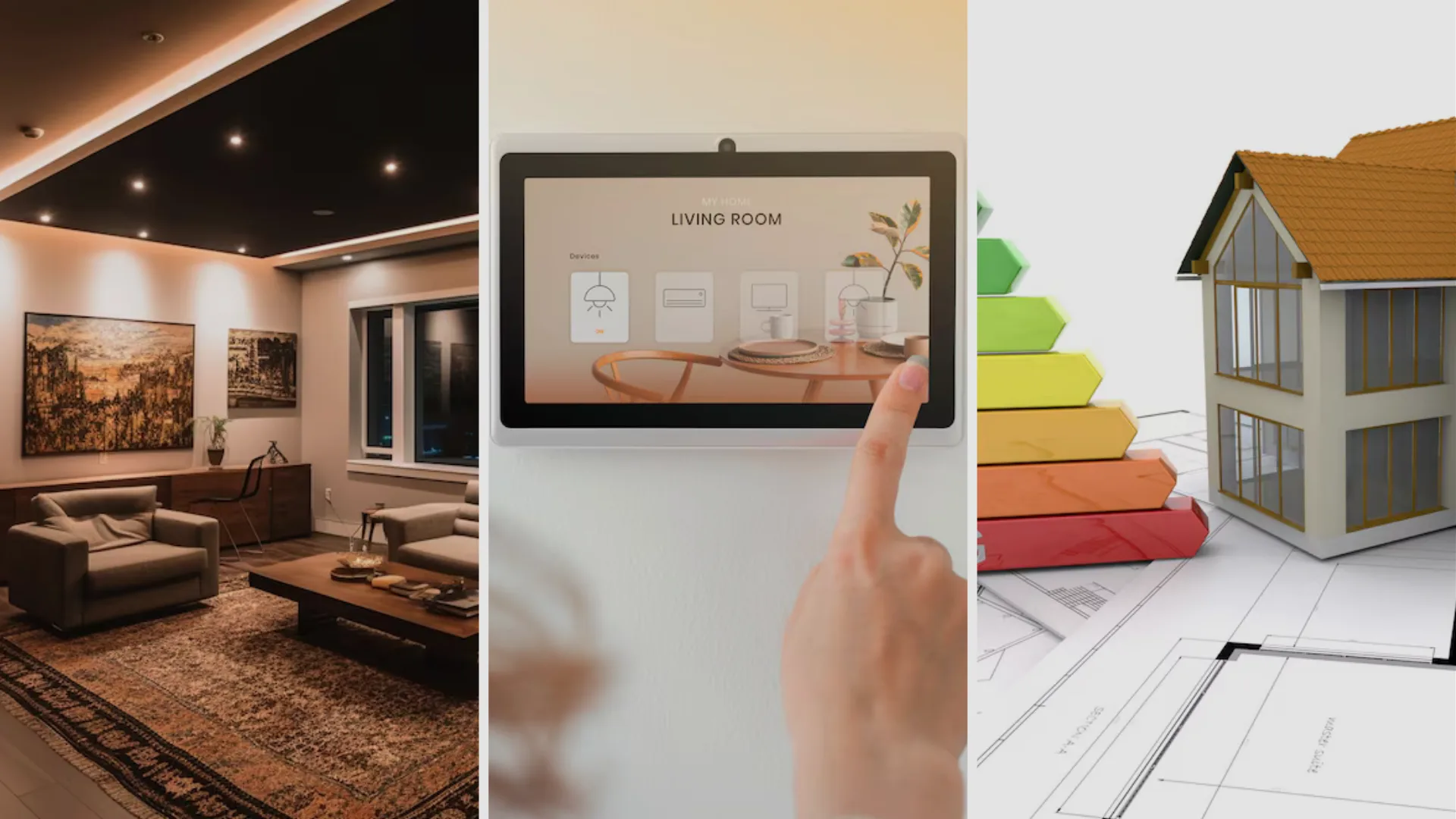
Budget Tip: If installing a smart thermostat or new insulation is out of your budget, start by sealing cracks and gaps around windows and doors. This simple fix can significantly reduce energy loss.
Furniture and Decor: Sustainable, Stylish, and Smart
When choosing furniture and decor, consider durability and sustainability. High-quality, well-made pieces will last longer, reducing the need for replacements.
- Secondhand Furniture: One person’s discarded furniture is another’s treasure. Thrift shops, flea markets, and online marketplaces offer affordable secondhand furniture that can be updated with a fresh coat of paint or new fabric.
- Non-Toxic Material: Look for furniture and decor made from non-toxic materials. Many paints, finishes, and fabrics contain harmful chemicals that off-gas into your home. Opt for items made with low-VOC or non-toxic finishes.
- Multi-Functional Furniture: In smaller spaces, multi-functional furniture can reduce clutter and increase the efficiency of your living space. Think fold-out tables, storage ottomans, or sofa beds.
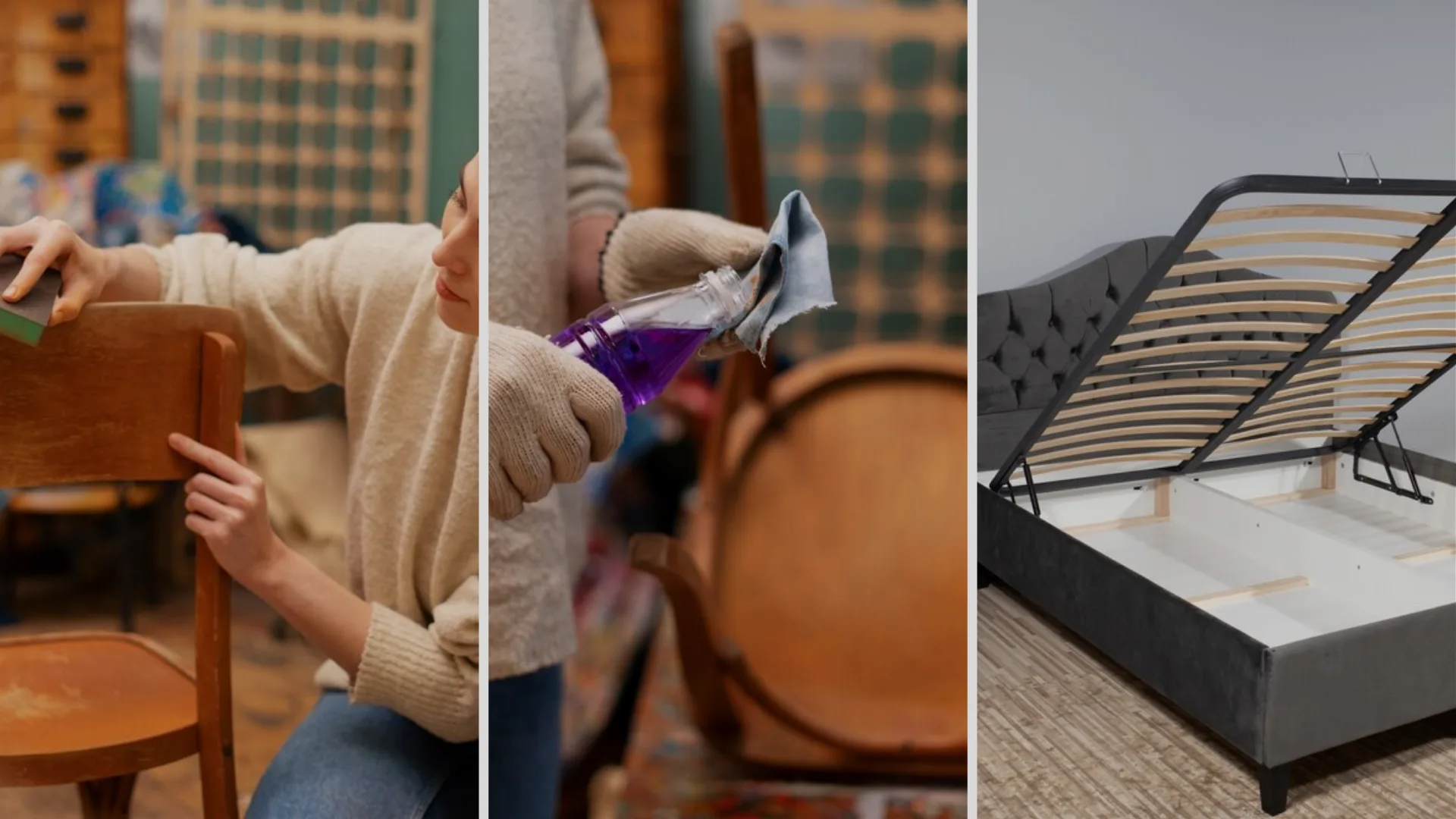
Budget Tip: Consider DIY projects to upcycle old furniture. A fresh coat of paint or new hardware can completely transform a piece without the cost of buying something brand new.
Indoor Plants: Nature’s Own Air Purifiers
Plants are an easy and affordable way to enhance your home’s air quality and add a touch of nature. Indoor plants naturally purify the air by absorbing carbon dioxide and releasing oxygen, which is especially important in a home with limited natural ventilation.
- Low-Maintenance Plants: Some plants, like snake plants, pothos, and succulents, are easy to care for and thrive in low light, making them perfect for any room in your house.
- Herb Gardens: If you’re into cooking, why not create your own indoor herb garden? This is a functional, eco-friendly option that provides fresh ingredients and helps purify the air.
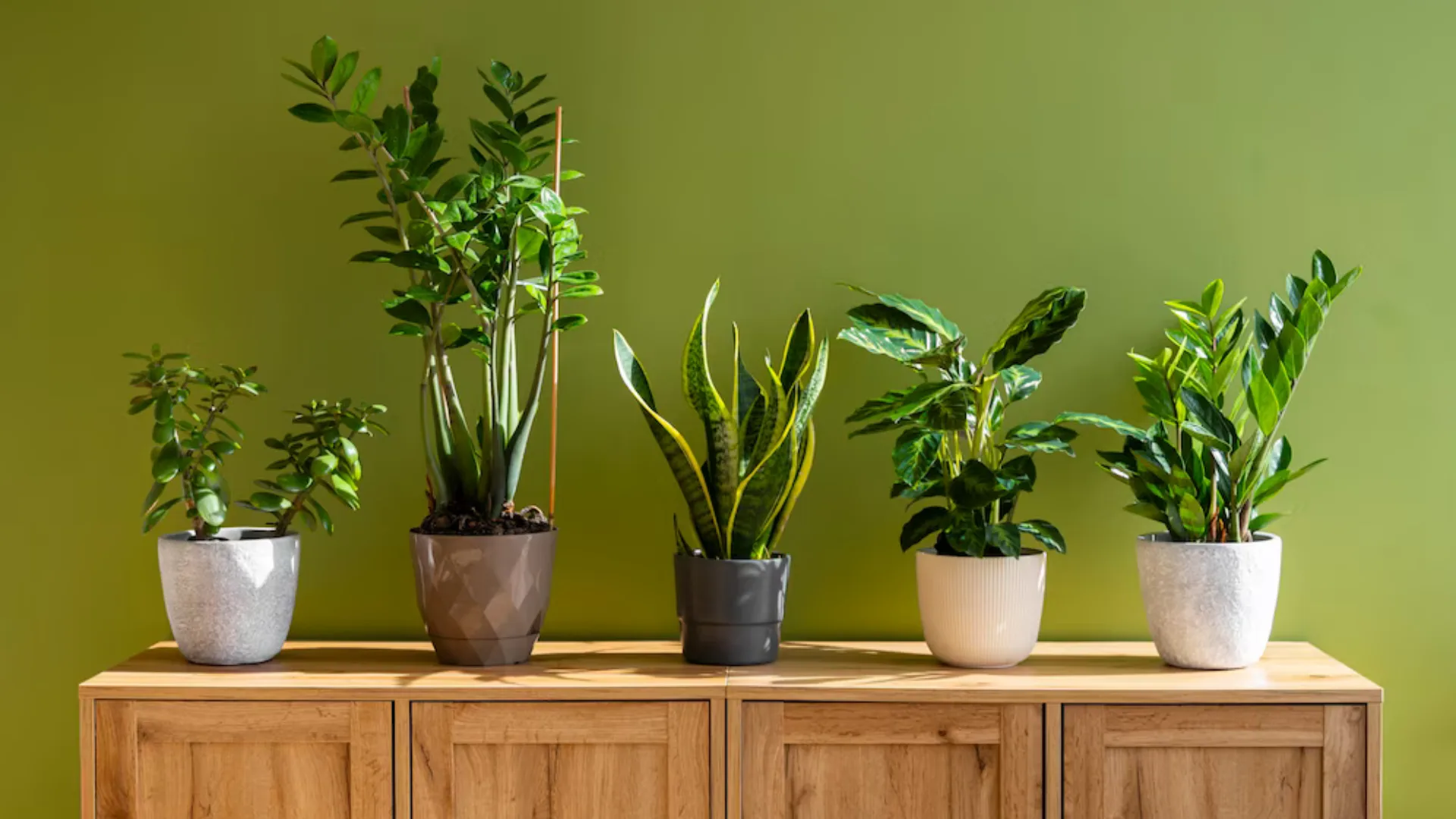
Image Source: Freepik
Budget Tip: Start with small, inexpensive plants and gradually add more. Some plants can even be propagated from clippings, which means you don’t need to buy new ones!
Improving Indoor Air Quality: A Healthier Home
Using non-toxic materials, proper ventilation, and incorporating natural elements into your design can vastly improve indoor air quality. This is crucial for your health and well-being.
- Non-Toxic Paint: Choose paints that are low in VOCs to reduce harmful chemicals in your home. Several brands offer non-toxic paints with a wide range of color options.
- Cross-Ventilation: This is an effective strategy to maintain air quality by using natural air circulation. Open windows on opposite sides of the house to create a breeze, which helps refresh the air indoors.
- Air Purifiers: For an added layer of protection, consider investing in an air purifier to help remove dust, pollen, and other allergens.
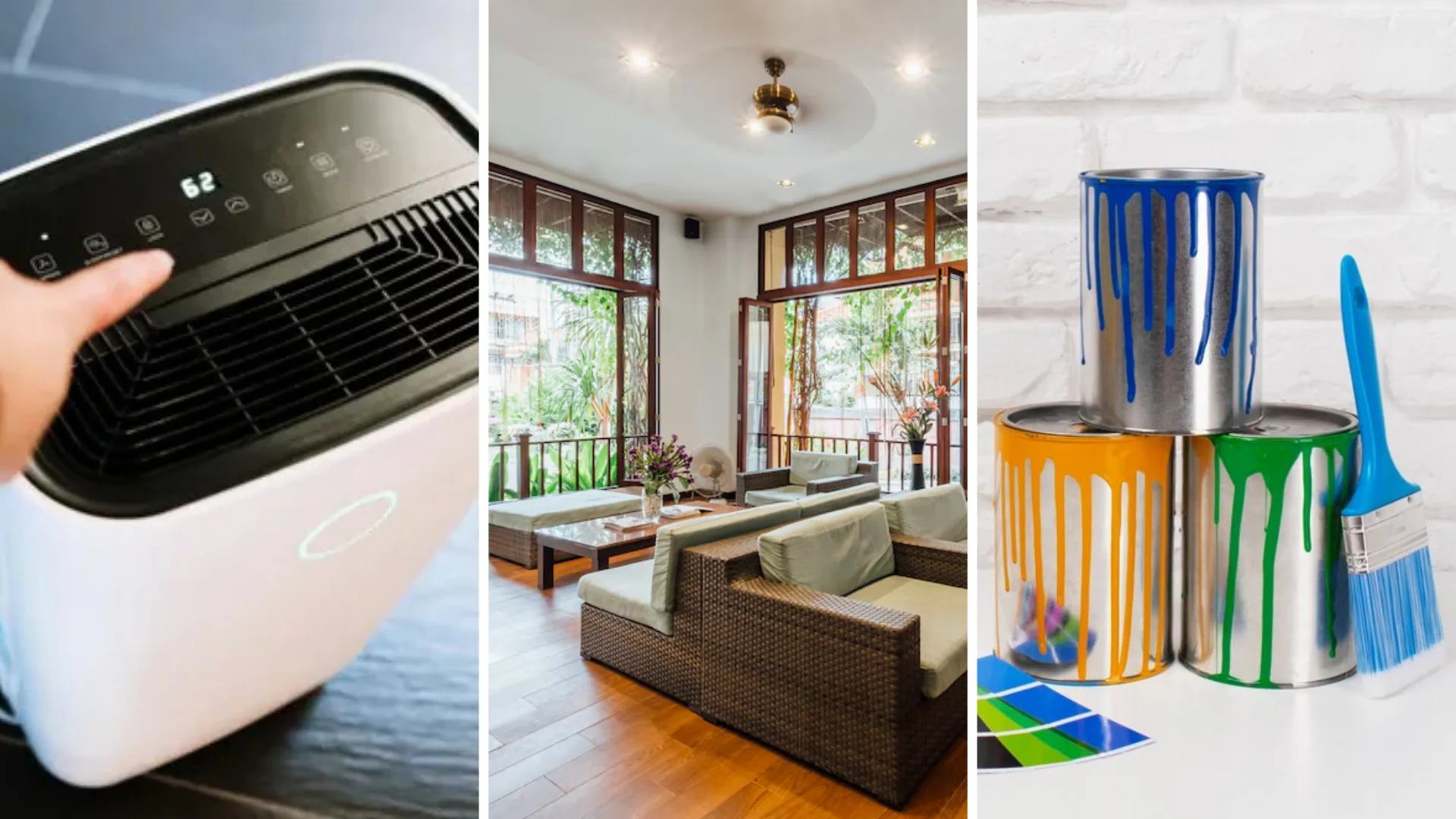
Small Steps for Big Impact
Whether you’re revamping your entire home or just making small changes, eco-friendly interior design is within reach for everyone. By choosing sustainable materials, maximizing natural light, and incorporating energy-efficient practices, you can create a home that’s not only beautiful but also better for the planet.
With Dezime.AI, bringing your sustainable home vision to life is easier than ever. Fast cost estimates, unlimited customization options, and cutting-edge 3D visualization tools allow you to plan, design, and execute your dream space seamlessly. Whatever your priorities, Dezime makes it all possible.
So, why wait? Book a free consultation today and transform your living space into a greener, healthier, and more stylish home.





